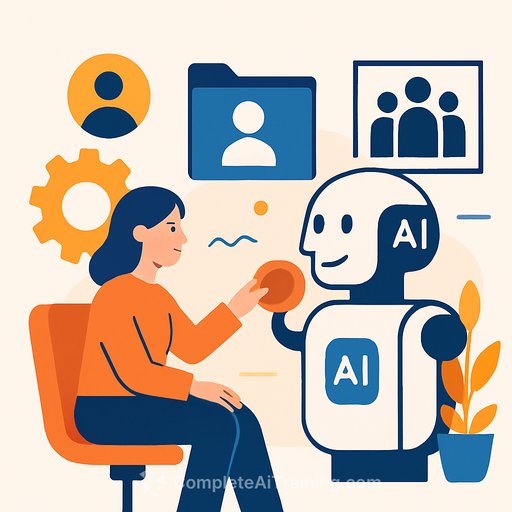The CHRO's guide to AI in HR: myths, mayhem and measurable impact
A decade of HR digitization taught one clear lesson: technology doesn't fix HR on its own. Behavior, culture and leadership determine whether AI pays off or gets ignored.
Myth: better tech solves adoption
In 2016, employees got access to a no-code chatbot builder. Within a year, HR had 30+ bots. Employees were confused about which bot owned which process, and trust eroded.
We consolidated everything into one interface-AskHR. On paper, that solved the experience. In practice, people still used the phone line, email and hallway conversations. Convenience beats new tools every time-unless you change the environment.
Behavior change beats convenience
In 2018, we made a hard call: shut down the HR 1-800 number and inbox for 350,000 employees and remove HR Partner support for first-line managers. Overnight, AskHR became the front door.
The result was a sharp NPS drop from +19 to -35. Eighteen months later, it recovered, and today it's +74. Culture decides whether you can ride out that dip. If the long-term path is right for employees and the business, hold your ground and communicate relentlessly.
Humans stay in control
Concerns about AI bias or odd answers are valid. Leaders decide where AI helps and where humans decide.
- Set clear boundaries: where AI recommends, where humans approve, and where AI should not be used.
- Make choices that fit your values and business model-ignore FOMO and headlines.
Example: AI can recommend salary increases based on skills, scarcity and tenure, but managers make the final call. On the other hand, if you hire for potential and non-traditional backgrounds, avoid AI resume screening that might exclude great talent.
Governance that catches drift
Use tooling that logs decisions, enforces policy and alerts you when answers deviate from expected patterns. Treat monitoring as non-negotiable, especially in comp, benefits and policy interpretation.
For structure, review guidance like the NIST AI Risk Management Framework.
Feedback loops create trust
Start simple with thumbs up/down. Then add write-in comments. Thousands of comments a year can spotlight gaps, vague policies and confusing flows.
When employees see improvements shipped from their feedback, adoption and satisfaction rise fast.
Ask better questions before you build
You'll never have enough budget or skills for every idea. Ruthless prioritization is your edge.
- What problem are we solving? Is it worth solving now?
- Will this meaningfully reduce friction for employees or managers?
- Can this scale across geographies, business units and roles?
- What's the measurable return and time-to-impact?
Pilots: traditional AI vs gen AI in benefits
Benefits content is binary-answers must be right. A 90-day pilot showed that some questions fit rule-based AI, while gen AI works better for multi-turn conversations where context matters.
Test with a group sized to your risk tolerance. Prove accuracy, contain failure modes and then scale.
A simple playbook for CHROs
- Pick one high-friction task (benefits Q&A, leave status, tuition assistance) and automate it.
- Create a single front door for HR support. Reduce duplicate channels that compete for attention.
- Define "human-in-the-loop" checkpoints for sensitive actions (offers, comp, terminations).
- Instrument feedback: thumbs, comments, topic tagging and weekly review.
- Stand up governance: policy rules, audit trails, drift alerts and bias checks.
- Publish metrics weekly: adoption, resolution rate, NPS, time-to-answer, deflection rate, cost per case.
- Communicate early and often. Explain what's changing, why it matters and when.
Metrics that matter
- NPS by channel and topic
- Mean time to resolution and first-contact resolution
- Containment rate (no handoff to human)
- Policy accuracy rate and escalation causes
- Manager satisfaction with AI-assisted decisions (e.g., compensation)
- Cost per inquiry and cost per resolved case
Start now
If you haven't started, pick a small employee pain point and automate it this week. Let results-not opinions-guide your next move.
If you're already building, raise the bar on governance, feedback and communication. The combination of behavior change, cultural resolve and human-in-the-loop decisions is what turns AI from a pilot into measurable impact.
Want structured upskilling? Explore practical learning paths for HR and people operations here: AI courses by job.
Your membership also unlocks:






